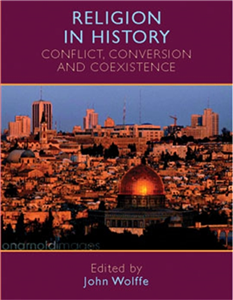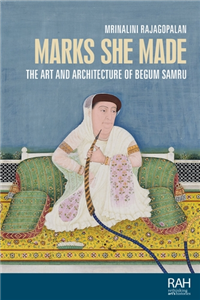Geschichten aus dem modernen Indien
Sie sind Hindus, Moslems, Parsen, Christen oder Juden, gehören zur höchsten Kaste der Brahmanen oder zu den Unberührbaren. Sie kommen aus allen Teilen Indiens, leben in Delhi, Kalkutta, Bombay, Bangalore, Mysore, Ahmedabad und anderswo, sind Pendler zwischen den Welten wie Vikram Chandra oder Expatriates wie Shashi Tharoor. Sie erzählen von Brahmanen und Muslimen, von Benares und Bombay, schildern das Leben in den Städten und auf dem Land, berichten von Emigranten und von Zurückgekehrten. Es geht um Hochzeits- und Beerdigungsrituale, um Straßen- und Büroszenen, Arbeitskämpfe und Religionskonflikte, um den Unabhängigkeitstag, die Teilung Indiens oder um ein Leben zwischen den Kulturen. Oft ist von der Einsamkeit im Milliardenland die Rede, und immer wieder steht die Familie als Spiegel der Gesellschaft im literarischen Fokus.
Über 50 Autoren und Autorinnen, vielfach mit den höchsten Literaturpreisen Indiens ausgezeichnet, sind in diesem Band mit Erzählungen, Romanauszügen und Gedichten aus elf Landessprachen vertreten. K. Satchidanandan, Lyriker und Präsident der Sahitya-Literaturakademie, schrieb das Vorwort zu dieser Anthologie. Kurzporträts charakterisieren die Autoren und skizzieren den Kontext ihrer Arbeit im literarischen Leben und im indischen Alltag.




























